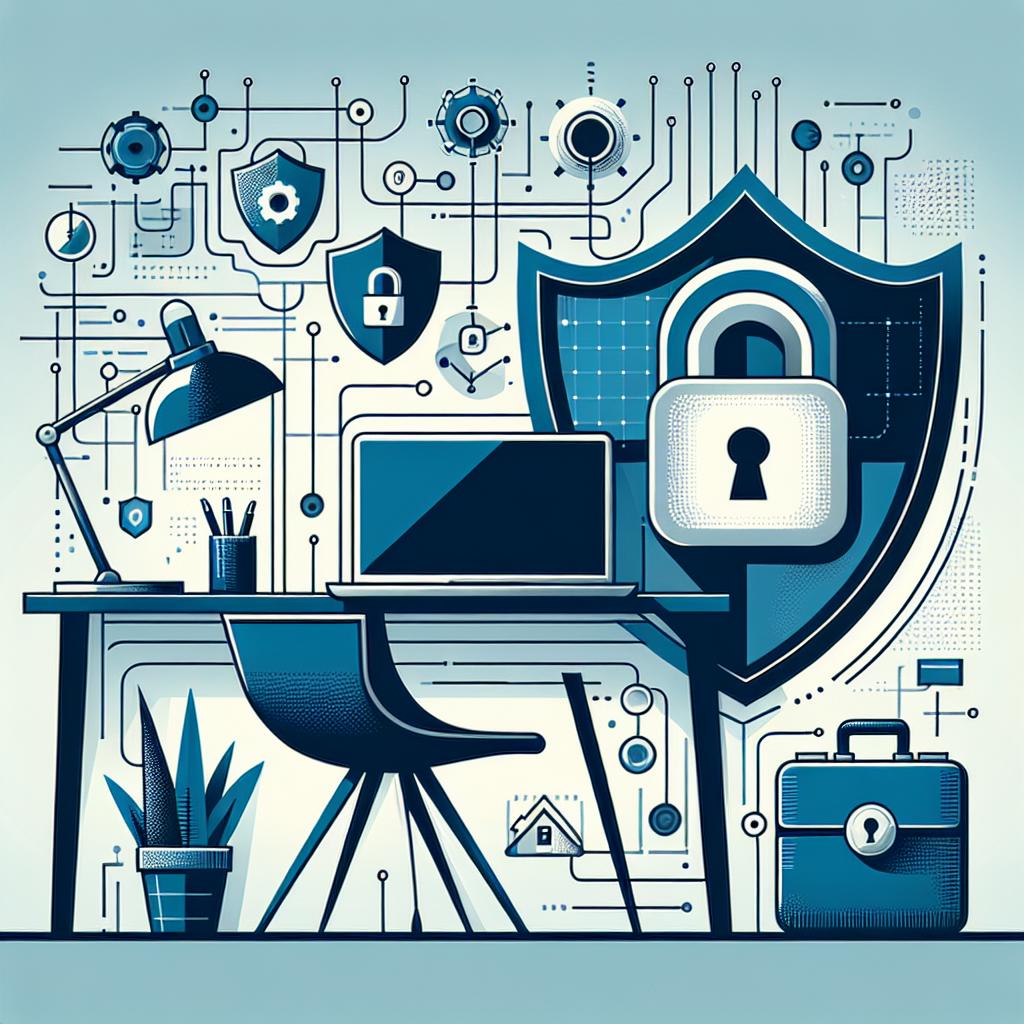In recent years, remote work has transitioned from a rare perk to a standard practice for many organizations. While this shift offers flexibility and convenience, it also introduces unique security challenges. To protect sensitive data and maintain a secure work environment, businesses must adopt best practices tailored to remote work. Here are some essential strategies to enhance security in remote work settings.
1. Implement Strong Access Controls
User Authentication: Ensure that all employees use strong, unique passwords for their accounts. Encourage the use of password managers to help manage these credentials. Implement multi-factor authentication (MFA) wherever possible to add an extra layer of security.
Role-Based Access: Limit access to sensitive information based on the employee's role within the organization. This principle of least privilege ensures that individuals only have access to the data necessary for their job functions.
2. Secure Devices and Networks
Device Management: Require employees to use company-issued devices that are pre-configured with security software and settings. If personal devices are permitted, ensure they meet security standards and are enrolled in a mobile device management (MDM) system.
VPN Usage: Encourage or mandate the use of Virtual Private Networks (VPNs) when accessing company resources. VPNs encrypt internet traffic, making it more difficult for attackers to intercept sensitive information.
3. Regular Software Updates
Patch Management: Keep all software, including operating systems and applications, up to date. Regular updates often include security patches that protect against known vulnerabilities. Automate updates where possible to ensure compliance.
Antivirus and Anti-Malware: Install reputable antivirus and anti-malware solutions on all devices. Regularly scan for threats and ensure that these programs are updated to recognize the latest threats.
4. Educate Employees on Security Awareness
Training Programs: Conduct regular training sessions to educate employees about cybersecurity threats, such as phishing attacks, social engineering, and malware. Use real-world examples to illustrate the potential consequences of security breaches.
Simulated Phishing Attacks: Implement simulated phishing campaigns to test employees' awareness and response to phishing attempts. Provide feedback and additional training to those who fall for these tests.
5. Establish Clear Remote Work Policies
Remote Work Guidelines: Develop and communicate clear policies regarding remote work practices. This should include guidelines on data handling, device usage, and acceptable online behavior.
Incident Response Plan: Create a comprehensive incident response plan that outlines the steps to take in the event of a security breach. Ensure all employees are familiar with this plan and know their roles in the event of an incident.
6. Monitor and Audit Remote Access
Logging and Monitoring: Implement logging and monitoring solutions to track access to sensitive data and systems. Regularly review logs for unusual activity that may indicate a security breach.
Regular Audits: Conduct periodic security audits to assess the effectiveness of your remote work security measures. Use these audits to identify vulnerabilities and areas for improvement.
7. Data Encryption
Encrypt Sensitive Data: Ensure that sensitive data is encrypted both in transit and at rest. This makes it significantly more difficult for unauthorized users to access or interpret the data, even if they manage to intercept it.
Secure File Sharing: Use secure file-sharing solutions that offer encryption and access controls. Avoid using personal email accounts or unsecured cloud storage for sharing sensitive information.
8. Foster a Culture of Security
Encourage Reporting: Create an environment where employees feel comfortable reporting security concerns or suspicious activity without fear of repercussions. This can help identify potential threats before they escalate.
Leadership Involvement: Ensure that leadership is actively involved in promoting security best practices. When management prioritizes security, it sets a tone that encourages all employees to take security seriously.
Conclusion
Securing remote work environments is an ongoing process that requires vigilance, education, and the implementation of best practices. By adopting these strategies, organizations can significantly reduce their risk of security breaches and protect their sensitive data. As remote work continues to evolve, staying informed about emerging threats and adapting security measures accordingly will be crucial for maintaining a secure remote work environment.


